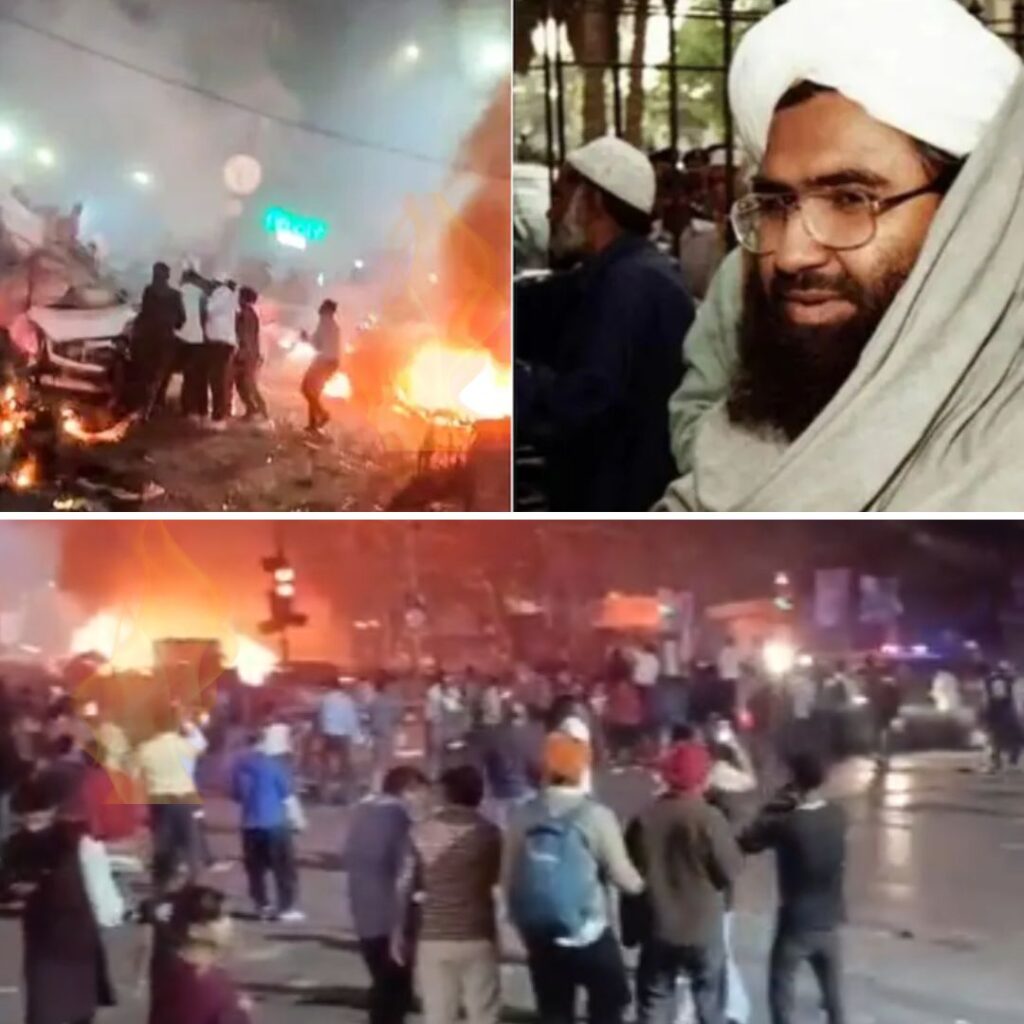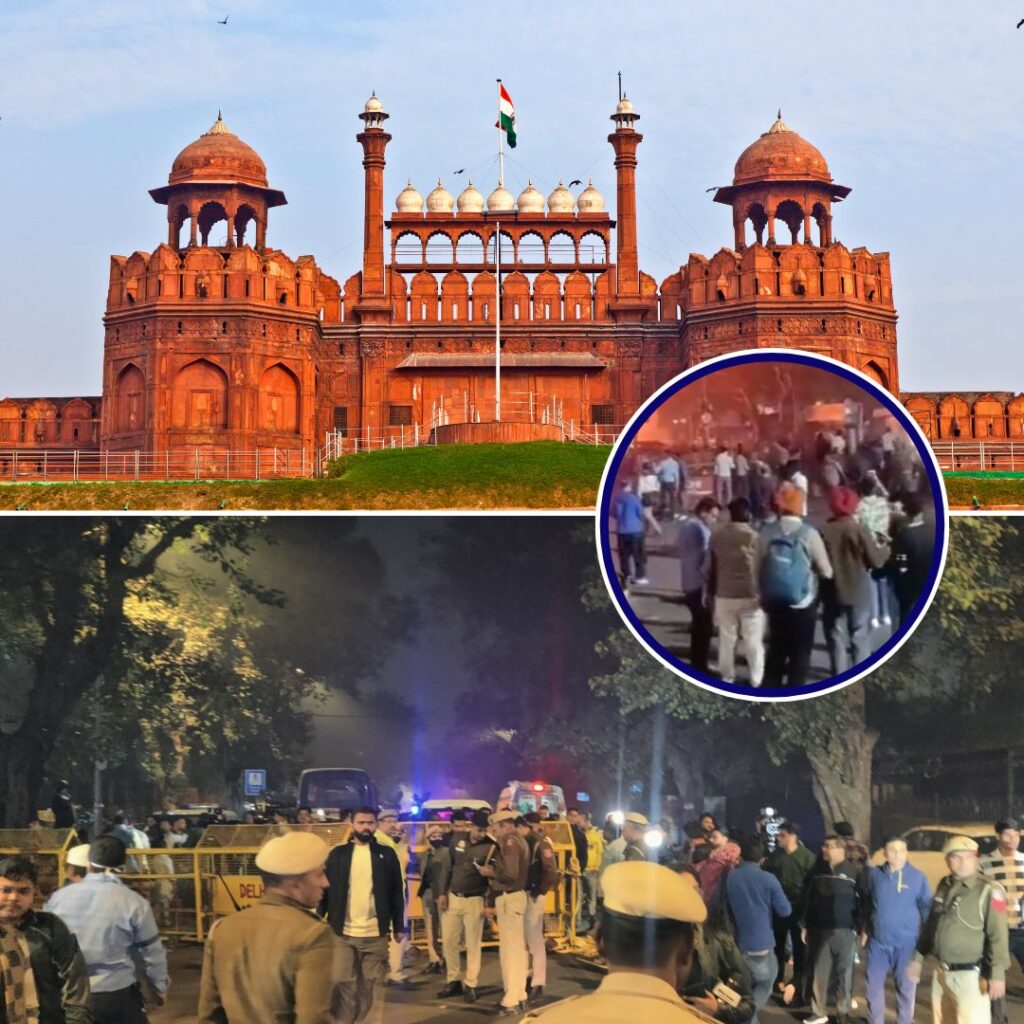On November 10, 2025, a devastating car blast near the historic Red Fort in Delhi killed at least 12 people and injured over 20, leading to the monument’s closure and temporary shutdown of the Lal Qila Metro Station. The Hyundai i20 exploded near the metro station at a red light, triggering a major security response and investigation under anti-terrorism laws.
Officials, including Home Minister Amit Shah and Prime Minister Narendra Modi, condemned the attack, with agencies probing possible terror links involving ammonium nitrate explosives. Police have taken key suspects into custody as Delhi remains on high alert.
Historic Landmarks and Security Measures
The Archaeological Survey of India has ordered the Red Fort closure from November 11 to 13 to facilitate investigations and maintain safety. The Delhi Metro Rail Corporation suspended service at the busy Lal Qila Metro Station, while nearby Chandni Chowk, one of Delhi’s oldest and most crowded markets, experienced increased security and temporary closures to prevent further risk.
The Delhi Traffic Police restricted motor traffic on adjacent roads, urging commuters to use alternative routes. Emergency responders swiftly contained fires from the blast, and hospitals like LNJP treated many injured, with some victims succumbing before reaching medical care.
Background and Investigation Developments
The explosion occurred in a white Hyundai i20 that was stopped at a red signal near Gate No. 1 of the Red Fort metro. Police investigations linked the blast to a terror module, with seized ammonium nitrate fuel oil and detonators recovered from a related operation in Faridabad.
The suspected suicide bomber, Dr Umar Mohammad, along with two arrested associates, reportedly planned the attack amid police crackdowns. FIRs under the stringent Unlawful Activities (Prevention) Act (UAPA) and Explosives Act have been filed. National Investigation Agency (NIA), National Security Guard (NSG), and forensic teams continue a thorough probe, reviewing CCTV footage and conducting extensive forensic tests.
Chandni Chowk’s Unseen Impact and Response
Located just adjacent to the Red Fort and Lal Qila Metro Station, Chandni Chowk, a bustling retail and cultural hub, has borne the brunt of post-blast impact. The area, known for its labyrinthine streets crowded with shops and markets, saw immediate security escalations with several roads temporarily closed and shops shuttered out of caution. The increased police presence and vehicle restrictions have affected daily trade in this vital economic artery of Old Delhi.
Traders and residents, while distressed by the disruption and the trauma of the blast, are cooperating with authorities in sharing information and complying with security protocols. The incident underscores the fragility of security in dense marketplaces, demanding continued vigilance and community cooperation to ensure safety.
The Logical Indian’s Perspective
This tragic attack near India’s cherished heritage site reminds us of the precious value of peace, unity, and vigilance. Though security measures and closures inconvenienced daily life, they are crucial to protect citizens and uphold justice.
The Logical Indian calls for calm empathy and strengthened social bonds in resisting fear and division sown by violence. In these testing times, fostering inclusive dialogue and compassionate understanding is vital for resilient communities.
Following the deadly car blast near the Red Fort, the Archaeological Survey of India (#ASI) has stated that the monument will remain closed for the next three days till 13/11/25 as the investigation continues.#RedFort #DelhiBlast #LalQila pic.twitter.com/bV01Wo9gEi
— DD News (@DDNewslive) November 11, 2025











